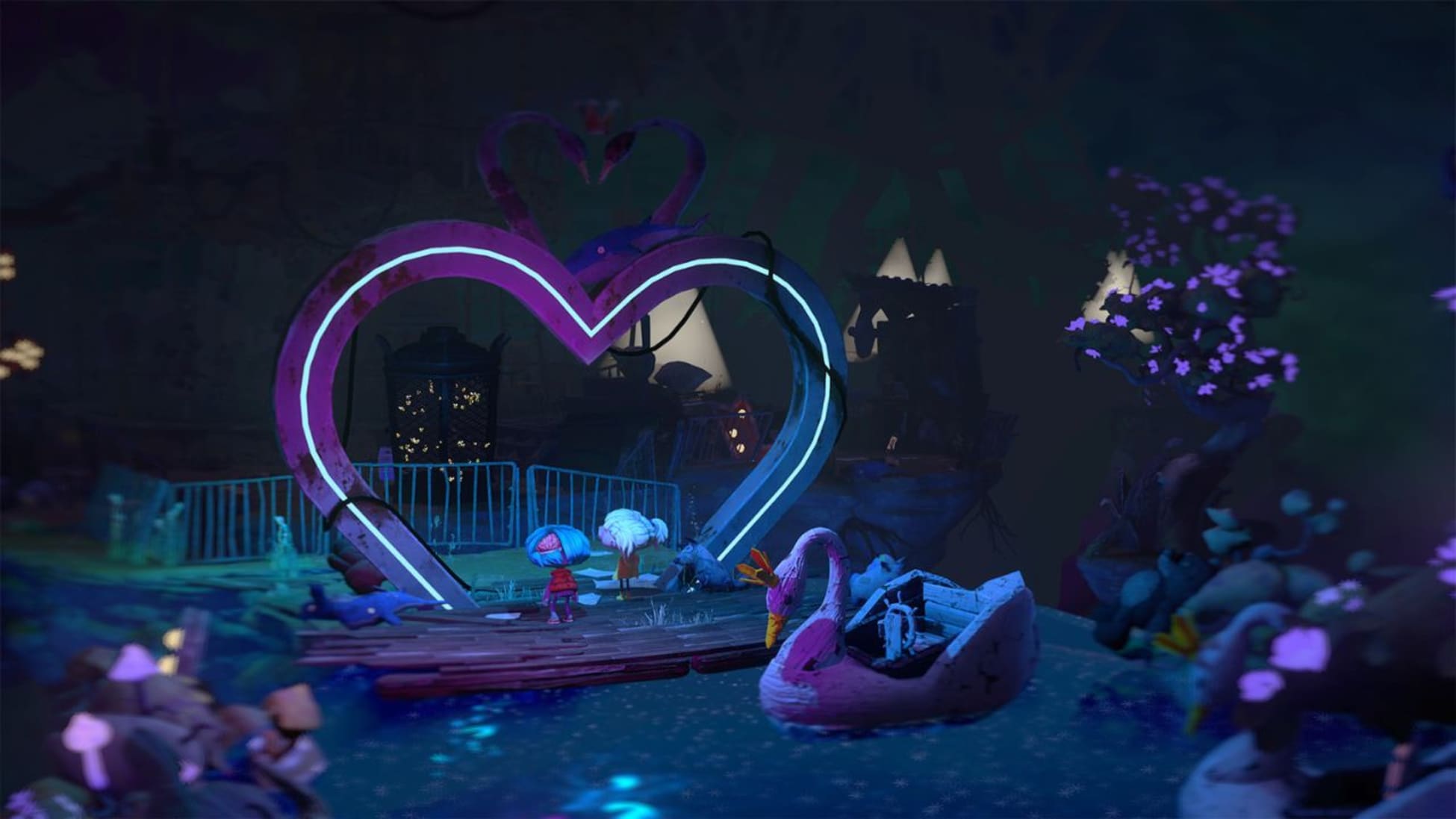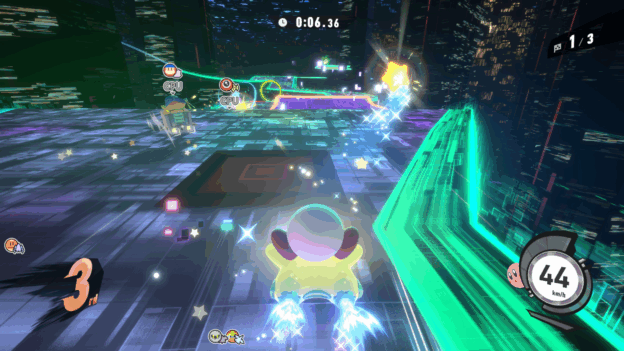Atone: Heart of the Elder Tree Review Mini – Review Mini

I should like this game more than I do.
Atone is an interesting beast, combining aspects of adventure, puzzle, and rhythm genres in addition to a surprising amount of edu-tainment (about Norse mythology) and a surprising number of cutscenes, to tell a tragic, but fairly rote story that I’ve seen a bit too often in games lately. Atone is an Apple Arcade refugee, which helps explain the visual and gameplay simplicity, and within the first twenty minutes, you’ll have experienced what’s essentially the entire gameplay loop.
You have conversations with NPCs, occasionally choosing your own response. You’ll walk around an overhead map talking with people, which unlocks conversations with other people; go from house to house reading interesting tidbits about Norse mythology; and solve an environmental puzzle. Once you’ve done all that, a lengthy cutscene plays, during which time you’ll engage in Atone’s unique combat gameplay, which is an interesting Guitar Hero-like rhythm game.
Within that tutorial phase, you’ll play as Thyon, the leader of a village who goes after a monster who murdered its inhabitants. Whether you win the fight or not, Thyon will fall to the monster’s blade, which is witnessed by his young daughter Estra. The game then picks up some time later–Estra is a young adult living on her own but once the monster reappears, she journeys out to get closure (the violent kind).

From here, you’ll be doing the same things you did during the tutorial section, just more of it, with some genuinely interesting visual puzzles which were my favorite part of the game but occasionally drift into being too abstract for their own good. Some are quite easy (press these symbols in the right order) while others are considerably tougher (translate this numbering system to unlock a door) but I enjoyed them all. I got a little sick of talking to people so that I could then talk to other people, especially because many of the conversations go on a little too long and none of the characters outside of Estra were particularly memorable. Cutscenes continue to weave into the story, and I might be more forgiving of them if I’d enjoyed Atone’s art style, but alas, ‘twas not to be.
Atone’s character design is clearly inspired by Genndy Tartakovski (Samurai Jack, the superior Clone Wars cartoon, Primal): thin, angular characters who tend to look better in animation than in static images, but there’s unfortunately not a lot of animation in Atone, even during combat sequences, which are more moody than action-packed. I generally enjoy Tartakovski’s works, which are also more mood than action, but I think he has a better sense of timing, scale, and atmosphere. The environments are similarly bare-bones, which is both good and bad. While distinctive, it’s sometimes difficult to tell where you can and can’t go.

I enjoyed the music in overworld areas but not during combat–it’s a bit too heavy on the synth, not nearly as toe-tapping or beat-driven as you’d expect from, you know, a combat encounter. I don’t need “Through the Fire & Flames,” but I need something with a solid beat. This particular rhythm minigame is not as visually distinctive as you might like, either. You have between one and four buttons to press as notes come down the highway, but the notes themselves are all the same color and often come in the kind of staccato pattern you’d see in something like Guitar Hero or DDR, but without visual differentiation, it’s occasionally tricky to tell what the order is. To be fair, Atone seems aware of this drawback, and gives you a fairly wide window for success, but the times where Estra took a hit were felt as much the fault of the interface as my own timing. You could allow much tighter success windows with different-colored prompts and notes, and these combat encounters would be much easier to track. It’s a strange absence.
Cutscenes are fully voiced but come a bit too often and tend to center around the Norse gods up and leaving Midgard after having a falling-out with humans. The voice cast is good–nobody really had a voice I expected (especially Estra’s anuran companion), which I found myself enjoying. The overall story didn’t really do it for me–hearts corrupted by darkness yet again–but it’s well-told and well-paced.
But for me personally, Atone’s greatest obstacle is that it’s just not terribly engaging. I note here that I’ve had the game for about a month now. The usual review turnaround time is a week, maybe ten days if it’s a big game. I just found it difficult to find the motivation to grind out an hour here and there. My wife watched me play Atone for awhile and at one point remarked that all I was doing was talking to people and solving puzzles, and she’s not wrong. For some of you dear readers out there, that may be all you need, but I was unsatisfied.




